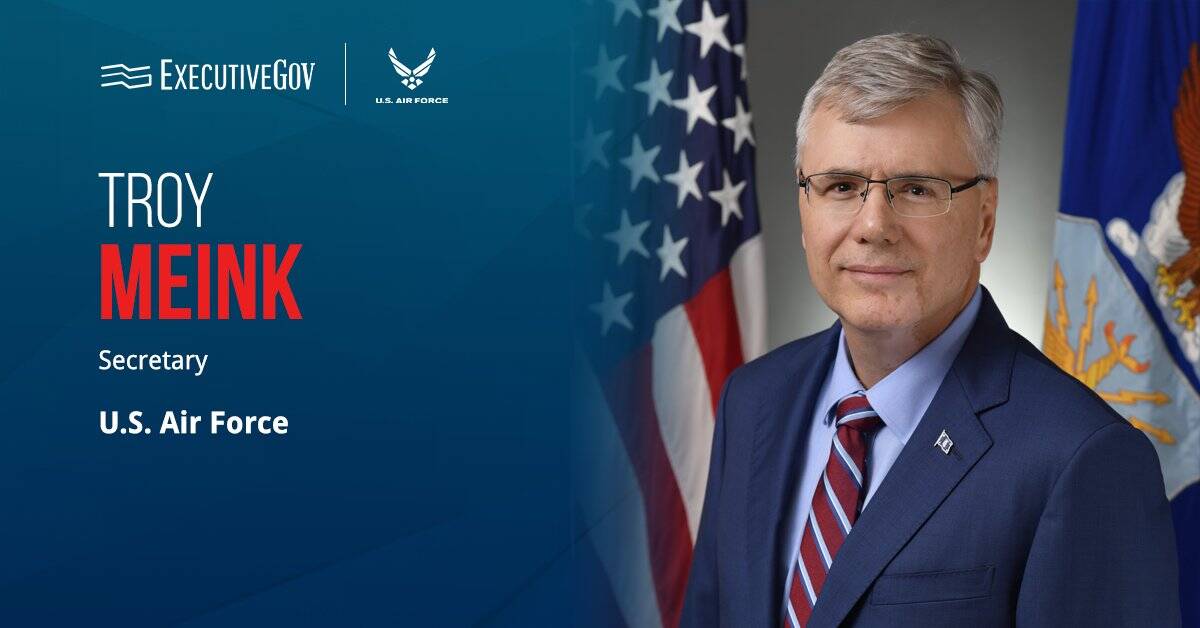 The U.S. Army has begun to craft an acquisition modernization strategy meant to help the service branch accelerate its process for buying cybersecurity technology platforms, Federal News Radio reported Tuesday.
The U.S. Army has begun to craft an acquisition modernization strategy meant to help the service branch accelerate its process for buying cybersecurity technology platforms, Federal News Radio reported Tuesday.Gen. Mark Milley, Army chief of staff, said at the 2017 International Cyber Conflict Conference that was held in Washington the branch’s current procurement system has caused delays on the arrival of modern information technology systems.
The report noted the Army aims to reduce the buying process time to about 18 months with the use of multiple contracting vehicles and expects to implement its new procurement strategy by summer of 2018.
Army officials also want to involve soldiers earlier in the acquisition process to collect end-user feedback as part of an effort to avoid changes that can affect the technology development lifecycle.





